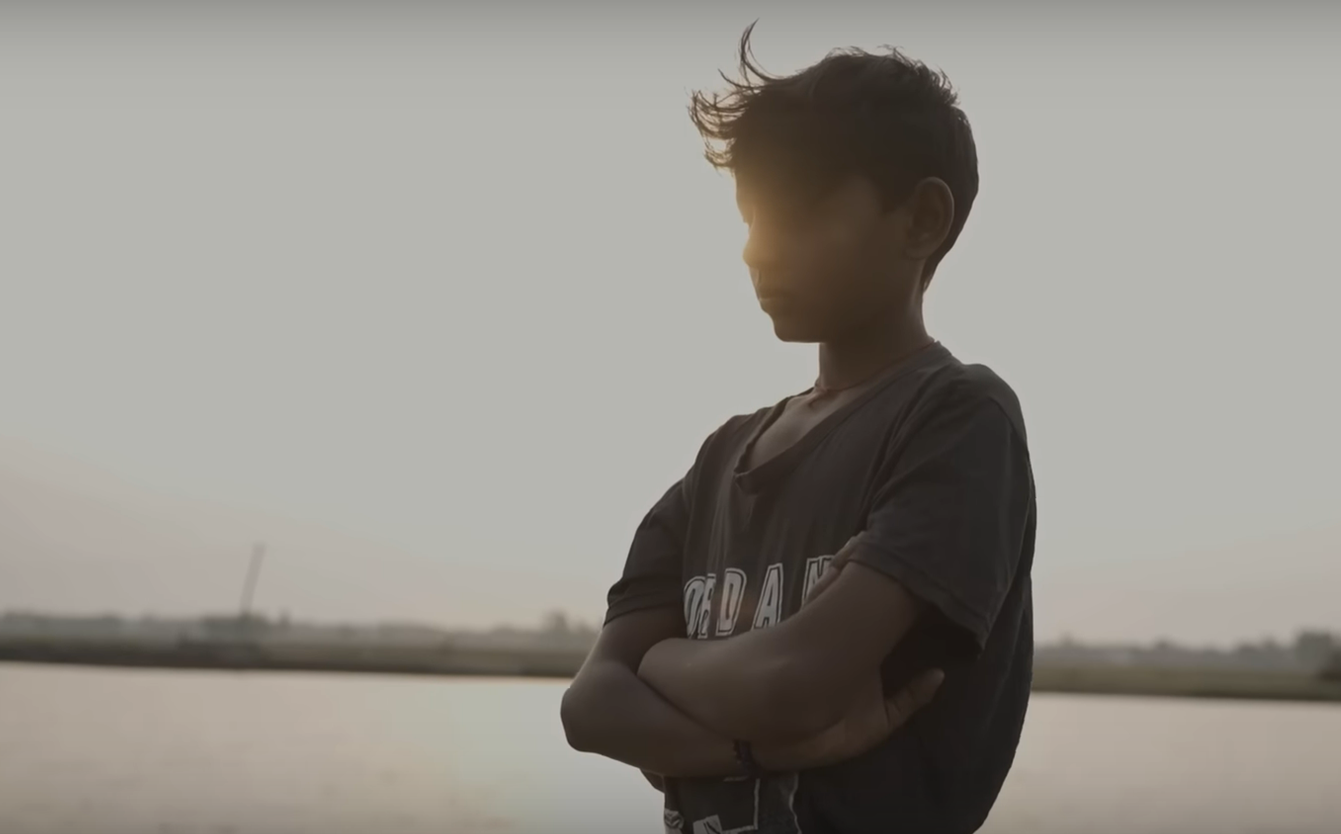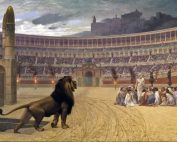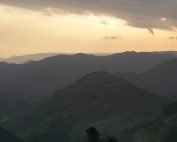HOW IT ALL STARTED

Robert Arthington (1823-1900)
This is the amazing story of how one man changed the world through missions without ever leaving the simple room where he made his, and how his sacrifice now dramatically impacts the work of Interhope.
In 1900, a 77 year old loner died quietly in his sleep after a long illness. His neighbors noted that he had worn the same coat for 17 years and had lived, for decades, in a single room with a few pieces of old furniture. They, and the whole of England, were shocked to discover that the man was fabulously wealthy. Why had he lived such a simple life, even to the point of embracing hardship? What could possibly be the motivation?
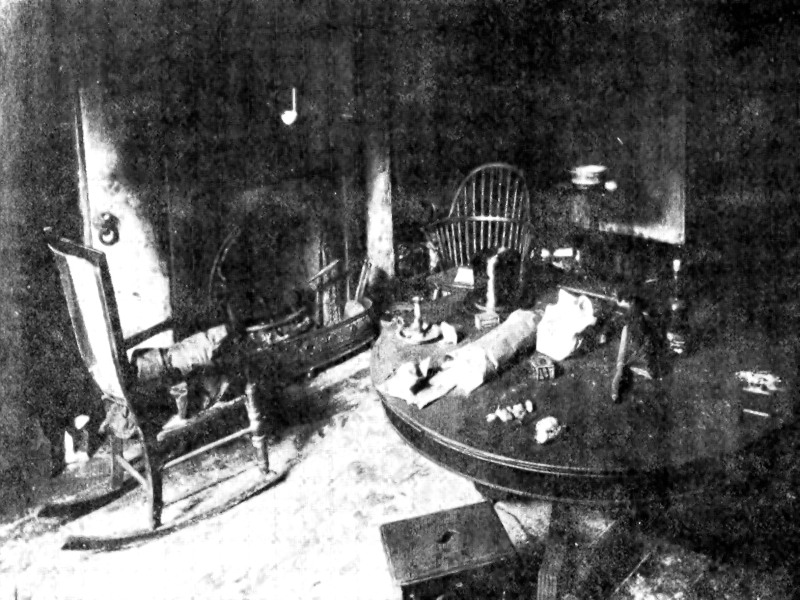
The room where Arthington lived for much of his life.
His name was Robert Arthington. His father had owned a brewery and had left Robert a sizeable fortune of 200,000 pounds, or about one million US dollars, at the time. Even though he was an accomplished scientist, Robert Arthington had only one interest: to spread the Gospel to the ends of the earth. He invested his inheritance wisely—partly in American railroad stocks. Over the years, those investments grew beyond his wildest dreams. Still, he committed himself to poverty, depriving himself of all but the barest necessities, choosing to live in only one room of a large and spacious home, that he might contribute more money to world evangelization.
Why would a wealthy man choose to live in such poverty? He had once received a letter from a missionary which read: “Were I in England again, I would gladly live in one room, make the floor my bed, a box my chair, another my table, rather than the lost should perish for the lack of knowledge of Jesus Christ.” Robert Arthington was determined to make that kind of self-denial the pattern for his life for the sake of the gospel.
Arthington corresponded with missionaries around the world and eagerly read their reports from the field. Just three years before his death, he was shocked to learn that his investments had increased dramatically to 1,273,849 pounds (over $5 million USD.) Arthington willed all his fortune to missionary organizations. His tombstone reads, “Robert Arthington, his life and wealth was devoted to the spread of the Gospel among the heathen.”
Arthington’s story, and his gift to missions, made news around the world and was even written up in the New York Times. Eventually, the fundsbuilt mission stations across central Africa. Researchers estimate that Arthington played a crucial role in bringing tens of millions of Africans into Christendom. Christian schools, hospitals, colleges and countless missionaries in remote locales around the world were funded over the next 25 years.
A tiny portion of Arthington’s money was used to fund the work of two pioneering Scottish missionaries who traveled into the remote hills east India. There they encountered a large population known as the Mizos. At that time, Mizos were known for their savagery, regularly mounting head-hunting raids. They practiced a stone-age form of animism driven by fear and superstition.
These first two missionaries, Frederick Savidge and James Lorraine, entered the remote forested hills on January 11, 1894. In the months that followed, they reduced the Mizo language to written form using a Roman script. Within four years, they had translated three books of the Bible, a hymnbook, and a dictionary. The Mizos had no written language prior to the arrival of the missionaries. From the beginning, education was a cornerstone of their work with the Mizos and a school was started alongside their efforts to establish a church.
It took six years before the missionaries were able to convince two Mizo men to be baptized (one of whom later recanted). It would seem their mission had failed to truly reach the Mizos. But just as the humble mustard seed at first appears insignificant, acts of faith start small and grow exponentially. In 1903, nine years after the missionaries arrived, they had a congregation of 46 believers. At this point, observers report that a “spirit of revival” broke out among the tribes. By 1912, 4000 Mizos had been baptized and that number doubled within one year. By the 1930’s the entire Mizo population, which today numbers about 1 million people, considered themselves to be Christian believers. Today, their ancestral homeland is dotted with hundreds of churches.
In 1987, the Mizo homeland, known as Mizoram, became the 23rd state of India. Mizoram has the second highest literacy rate of any Indian state and, by far, the highest percentage of Christians, statistically reckoned to be 100%. January 11th is an official state holiday in Mizoram, known as Missionary Day in remembrance of the great debt felt by the Mizo people to the missionaries who brought the gospel to their land. Now, the Mizos consider it their sacred mission from God to take the gospel to the rest of India, which is largely unreached (Hindu and Muslim). This is just one small sliver of the great eternal legacy of Arthington’s gift, 124 years ago.

Mizo homelands occupy parts of both Burma and India.
INTERHOPE’S CONNECTION
How are these events connected to Interhope? The Mizo people are comprised of numerous sub–groups. The territory of these groups span the boundary of India and comprises a large portion of western Myanmar (Burma). The name of this branch of the Mizo people is called Chin. Morris and Sonia Liana, are of Mizo-Chin heritage. They are the direct spiritual descendants of those first missionaries (and the beneficiaries of so many mission prayers and dollars) sent so long ago to this region.
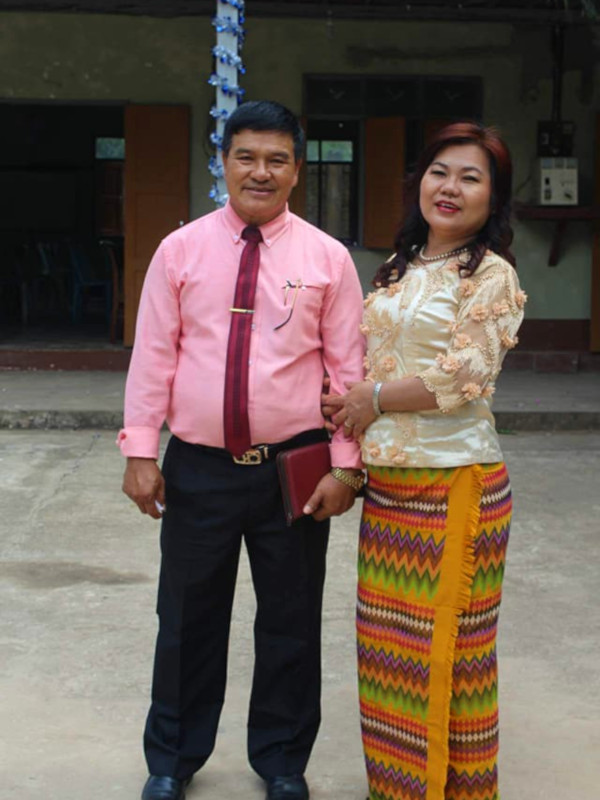
Morris and Sonia Lina oversee the Galilee Home and UBS (seminary) in Yangon, Burma
This story is important because it illustrates how the sacrifices we make in order to send the love of Christ around the world expand over time to affect the course of entire nations. The seeds Arthington and the first missionaries planted among the Mizos are influencing India, Myanmar, China, and Bangladesh right now. The humble Mizos, embraced Christ and today the ancestors of those first converts will be used by God to reach Southeast Asia.
We, too, are gardeners, just like Arthington and his brave missionaries. We plant, water, and harvest, and we see, in only a few years the enlargement of God’s kingdom in Myanmar, and in all the fields where we are privileged to serve. Only the Lord knows to what great dimensions our garden will grow and to what extent it will alter human history. In any case, we’ll keep our hands to the plow as long as we’re able and do our best to keep you, our fellow gardeners, posted along the way.
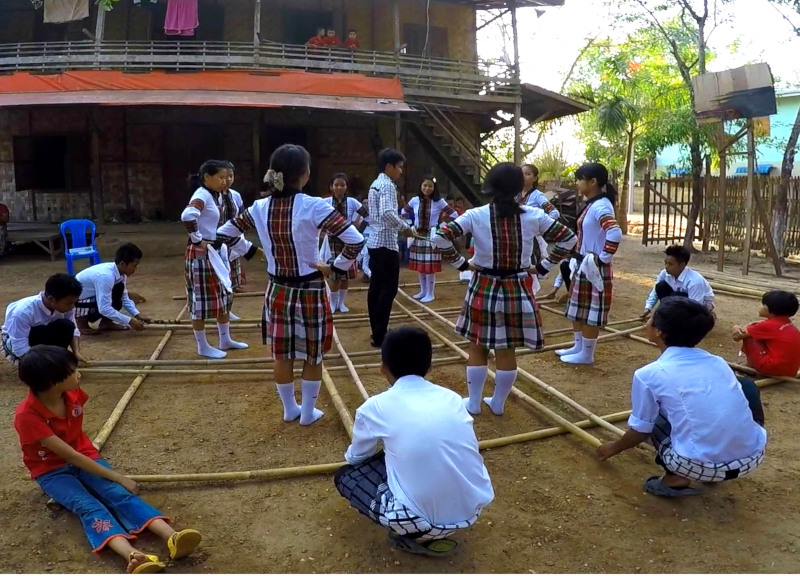
The children of the Galilee Home dancing their traditional Mizo folk dance in costume.
LATEST ARTICLES
Dispatches from the front lines of the Mission Field
Our Matching Opportunity
Interhope has a received a matching grant that will double each donation dated in November or December of 2024.
When People Insult You
Billy Graham once said that he was troubled by James 4:4, “Friendship with the world is enmity with God.”
Hello Gardener
We take great care about the manner in which we grow our garden. For this, we have some foundational principles that guide us in all things.
How It All Started
The amazing story of how missionaries brought the Gospel to the Mizo people, and how that blessing continues to expand, even to this very day.

